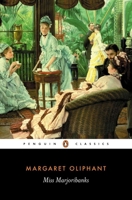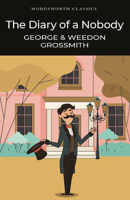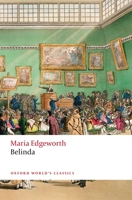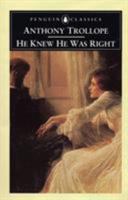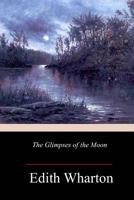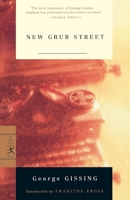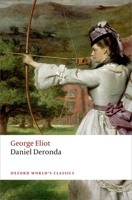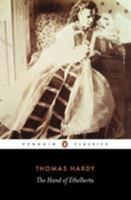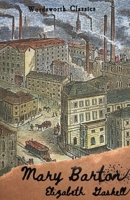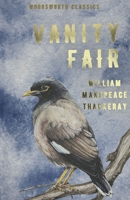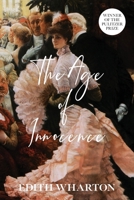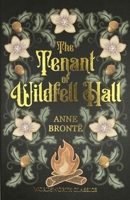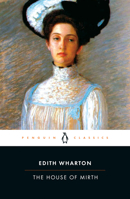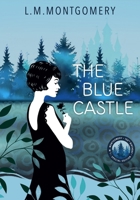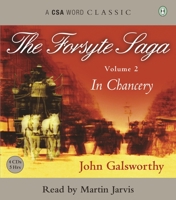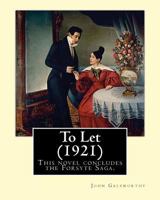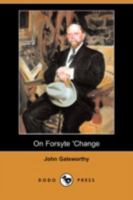The Forsyte Saga
(Part of the The Forsyte Saga Series and The Forsyte Chronicles Series)
Select Format
Select Condition 
You Might Also Enjoy
Book Overview
The three novels which make up The Forsyte Saga chronicle the ebbing social power of the commercial upper-middle class Forsyte family between 1886 and 1920. Galsworthy's masterly narrative examines not only their fortunes but also the wider developments within society, particularly the changing position of women. This is the only critical edition of the work available, with Notes that explain contemporary artistic and literary allusions and define...
Customer Reviews
Rated 5 starsExcellent read! One of the best!
This novel is one of my all time favorites. It focuses on the relationships and struggles amid the lives of an upper middle class family. The narration is well worded and the characters deeply developed. I highly recommend this to anyone; though it is a long book.
1Report
Rated 5 starsGalsworthy's Victorian epic
Everyone's heard of "The Forsyte Saga," the BBC family epic of the late Victorian Age. Fewer have read the Galsworthy book, and that's a shame, because it's fascinating on so many levels. On the surface it's the story of Soames Forsyte, the quintessential icon of the growth of the upper middle classes and the decline of the nobility during the Victorian era. Descended from a farmer in Dorset in the not-too-distant past,...
1Report
Rated 5 starsForsyte Saga - a well awarded but oft forgotten classic
I'll make this short and to the point. I'm quite the avid reader, but usually I don't enjoy books of this nature, opting for fantasy and sci-fi escapism instead. This story is just beautifully told though. The subtleties of the characters and the twisting lives of the Forsyte family are fascinating and makes this one helluva a page turner. I was hooked immediately. I honestly believe that people of all ages will love...
2Report
Rated 5 starsNo wonder Galsworthy won!
What an infinite study of character, the Forsyte character, men of ownership, of possession, of material things!I waited for the PBS presentation with patient enthusiasm, and was not disappointed. But knowing that video/movies can only do so much for a text, I unearthed my own private copy of Galworthy's book, one inherited from my aunt, and started the discovery by print.I have been so overcome by Galsworthy's skill as a...
0Report
Rated 5 starseverybody just reads the first novel (and that's a shame)
The 1933 Scribner's edition of this classic trilogy is worthwhile because of the preface by Ada Galsworthy, the author's wife. Combined with the dedication (from John to Ada), it paints an inspiring picture of a marriage between two creative minds who respected each other's talents. The trilogy itself is an inspiring artifact of a life spent working hard. Galsworthy finished the first book,...
0Report










